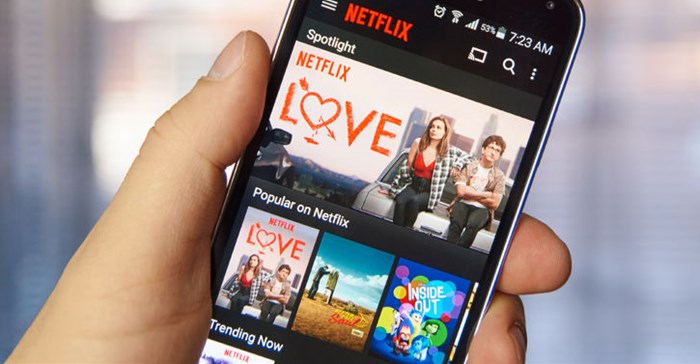We’ve become accustomed to the process. Facebook’s friend suggestions may still need a little fine-tuning and even Zinio’s alternative title suggestions but Amazon gets it right more often than not and so does Netflix, iTunes and a growing number of other companies. They’ve created an expectation that companies can – and should – provide the service. Personalisation is no longer a competitive advantage, it is almost a de facto standard of simply being in business these days.

If you can’t personalise your service or product offering – and other companies can – you’ll lose market share because they are the ones that will be able to cross sell, retain, and up sell existing customers. So, no matter how companies interact with customers today, they need to think about personalising the experience somehow. And to do that they need information about us, about what we like, don’t like, what we’ve bought, what we’ve browsed, what we keep coming back to, and more.
There are a lot of ways to use the information digitally. But bringing it back to the physical world, engaging people in personalised, one-on-one ways physically, but automated by computerised systems, is an added level of personalisation clever marketers, for one, are using to draw customers into their buying funnels.
Even digital signage, like digital posters, which can be quickly updated based on current events. Sophisticated versions can use specialised software and near-field communications (NFC) to personalise messages to individual people as they draw near, the sign recognising not them but rather their smartphone.
QR codes have been used to link the physical world to the digital but they have limitations. Keenest is probably that the content they link to is static. Clickable Paper, on the other hand, simply links to content that can be any type and continuously updated. And it works by just pointing a smartphone camera and clicking the shutter button – be the image printed in a magazine, on clothing, be an actual building or other real world object – any defined and recognisable image.
Linking these two types of communications together is multichannel marketing or increasingly omni-channel marketing. Multichannel simply means combining traditional print and digital channels for reaching customers in personalised ways.
An InfoTrends study found that personalisation improves customer response rates according to 64% of retail respondents, while 45% of enterprise respondents think personalised and integrated services are “extremely” or “somewhat” important.
The four top tips to consider when executing personalised, multichannel or omni-channel projects:
Growing consumer sophistication compels us to provide more targeted information in ways that stand out. Multichannel projects, using high value, customised printed material tightly integrated with sophisticated digital touch points, are proven winners.
